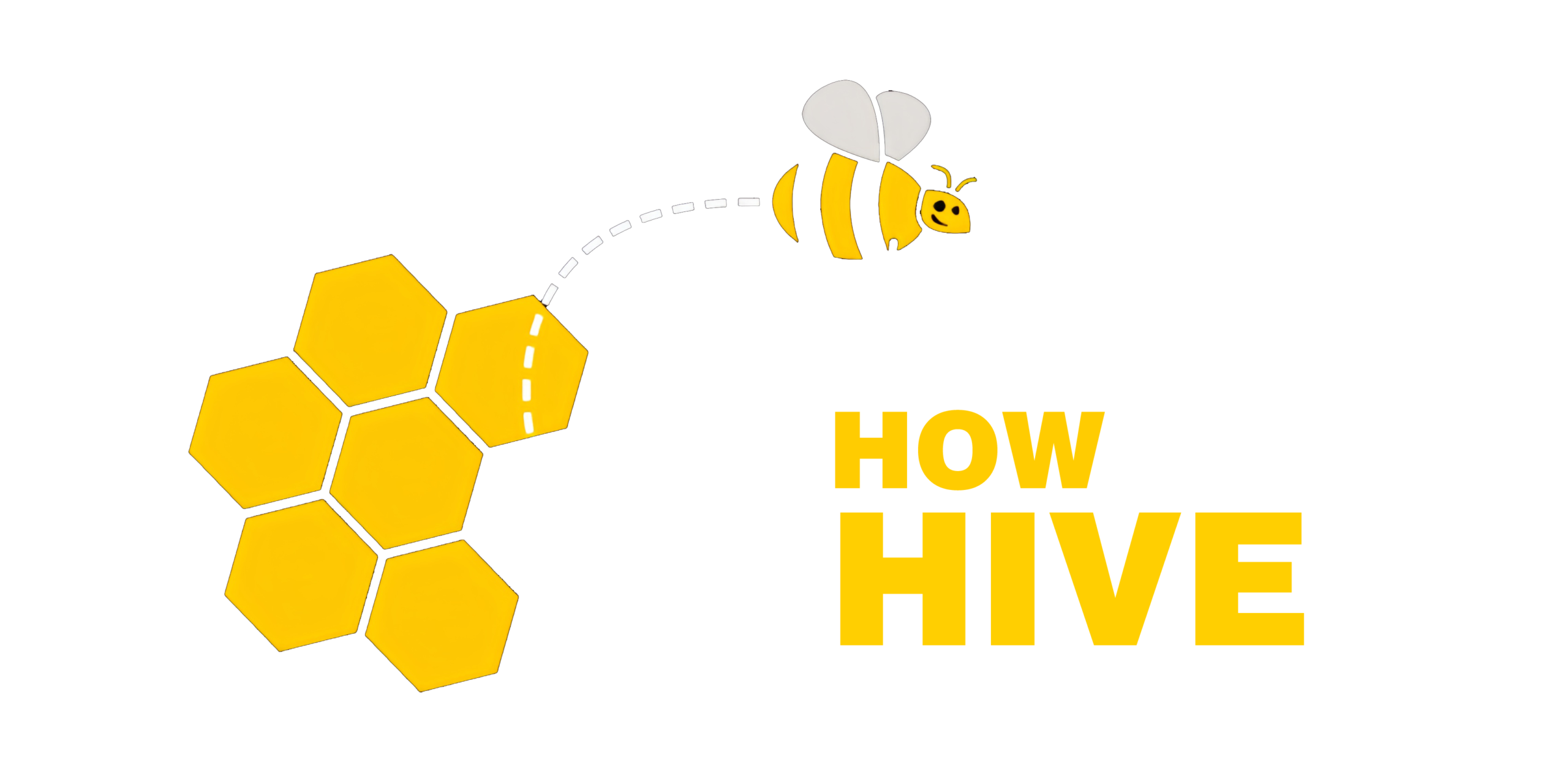SSensory play is essential for early childhood development — and making sensory bottles from recycled plastic is a creative, sustainable, and affordable way to support that learning. These colorful, calming tools help children explore sounds, colors, textures, and motion in a safe and engaging way.
In this article, you’ll discover how to make sensory bottles step by step, explore what materials to include, and learn how to customize them for different age groups and learning goals.
Why Sensory Bottles Matter in Child Development
Sensory bottles may look simple, but they offer significant developmental benefits:
- Promote focus and calm: Watching materials move slowly inside the bottle can help regulate emotions.
- Encourage exploration: Children engage with them visually, aurally, and kinesthetically.
- Develop fine motor skills: Actions like shaking, rolling, and turning the bottles strengthen coordination.
- Support language development: They prompt children to describe colors, sounds, or movement.
- Stay safe and clean: Encapsulated materials reduce mess while maintaining control.
Why Use Recycled Plastic for Sensory Bottles?
Reusing plastic bottles isn’t just practical — it’s environmentally conscious. Consider these benefits:
- Eco-friendly: Reduces the impact of single-use plastics.
- Cost-effective: There’s no need to purchase specialized containers.
- Durable and lightweight: Plastic is safe for kids and won’t break easily.
- Customizable: Bottles come in various shapes and sizes for different effects.
Best Plastic Bottles to Reuse
To get started, select clean, clear bottles with tightly sealing caps. These options work especially well:
- Water or sports drink bottles (250–500 ml)
- Smooth-sided juice bottles
- Baby water bottles
- Voss-style bottles for a sleeker appearance
Pro tip: Avoid bottles with ridges—they make it harder to see what’s inside.
Tools and Supplies You’ll Need
Most of the supplies needed are easy to find or already available at home:
Essentials:
- Clean plastic bottles with lids
- Super glue or hot glue gun
- Funnel or rolled paper cone
- Measuring cup or spoon
- Water or baby oil
Optional Fillings:
- Glitter
- Food coloring
- Beads, buttons, or sequins
- Pom-poms
- Small plastic toys
- Colored rice or pasta
- Sand or gravel
- Confetti
Use a mix of textures and sizes to create more stimulating results.
Step-by-Step: How to Make Sensory Bottles from Recycled Plastic
Step 1: Clean and Dry the Bottle
Begin by removing all labels and sticky residue. After that, wash the bottle thoroughly with warm, soapy water. Rinse well, then let it air dry completely to prevent mold.
Step 2: Choose a Sensory Theme
Think about the type of sensory experience you want to create. Here are some ideas:
- Calm Bottle: Water, glitter, and clear glue create a slow-settling visual effect.
- Sound Bottle: Beads or rice make pleasant shaking noises.
- Color Bottle: Use dyed water and floating items for visual interest.
- Discovery Bottle: Hide small toys or letter beads for kids to search.
Step 3: Add the Base Liquid (if applicable)
Next, use a funnel to fill your bottle halfway with water, baby oil, or a mix of both. At this stage, you can add food coloring or glue, depending on the theme. Doing this carefully prevents spills and saves time.
Step 4: Add Dry Materials
Now it’s time to drop in glitter, pom-poms, or other small items. Mixing textures and sounds makes the experience richer and more exciting for kids.
Step 5: Fill the Rest of the Bottle
Top it off with more liquid, leaving about one inch of space. If you’re making a dry bottle, fill it to your preferred level and skip the liquid. This air gap helps materials move freely.
Step 6: Seal the Lid Securely
Apply strong glue around the lid and close it tightly. Once it’s dry, reinforce the seal with tape or shrink wrap for extra safety.

Creative Ideas by Theme or Purpose
Here are a few sensory bottle themes you can create:
- Ocean in a Bottle: Blue water, plastic fish, shells, and glitter.
- Alphabet Hunt: Small letter beads in rice or sand.
- Rainbow Glitter: Layered glitter by color in a clear base.
- Seasonal Bottles: Use snowflakes for winter, leaves for fall, or flowers for spring.
- Glow-in-the-Dark: Add glow beads or glow stick liquid for nighttime calm-down bottles.
Where to Use Sensory Bottles
- At home in quiet time or bedtime routines
- In classrooms for sensory corners
- In waiting rooms or therapy centers
- As gifts for parents or early educators
- During travel to keep kids entertained
Where to Buy Extra Supplies
Need glitter, glue, or plastic toys for your sensory bottles? Shop safe sensory craft supplies on Amazon to find affordable and child-friendly options.
More Recycled Crafts for Kids
Looking for another fun project with your little ones? Check out our guide on egg carton crafts for children — a hands-on way to reuse materials and encourage creativity.
Conclusion: Fun, Focus, and Sustainability in One Bottle
Creating sensory bottles made from recycled plastic is an excellent way to combine education, sustainability, and creativity. Whether you’re a parent, teacher, or caregiver, this project provides endless opportunities for sensory play and learning — all while helping the planet.
Save this guide for your next crafting session — or share it with a friend who works with kids!
FAQ: DIY Sensory Bottles
Q1: Are sensory bottles safe for toddlers?
Yes, as long as the bottle is tightly sealed and supervised. Avoid small parts if used with children under 3.
Q2: How long do sensory bottles last?
Well-sealed bottles can last for months or even years. Just check periodically for leaks or mold.
Q3: Can I reuse the contents after the bottle is made?
In most cases, yes — especially if you used dry fillings. Just open carefully and clean the bottle before refilling.
Written by Kate Smith | Early Childhood Educator & Sustainable Craft Creator
